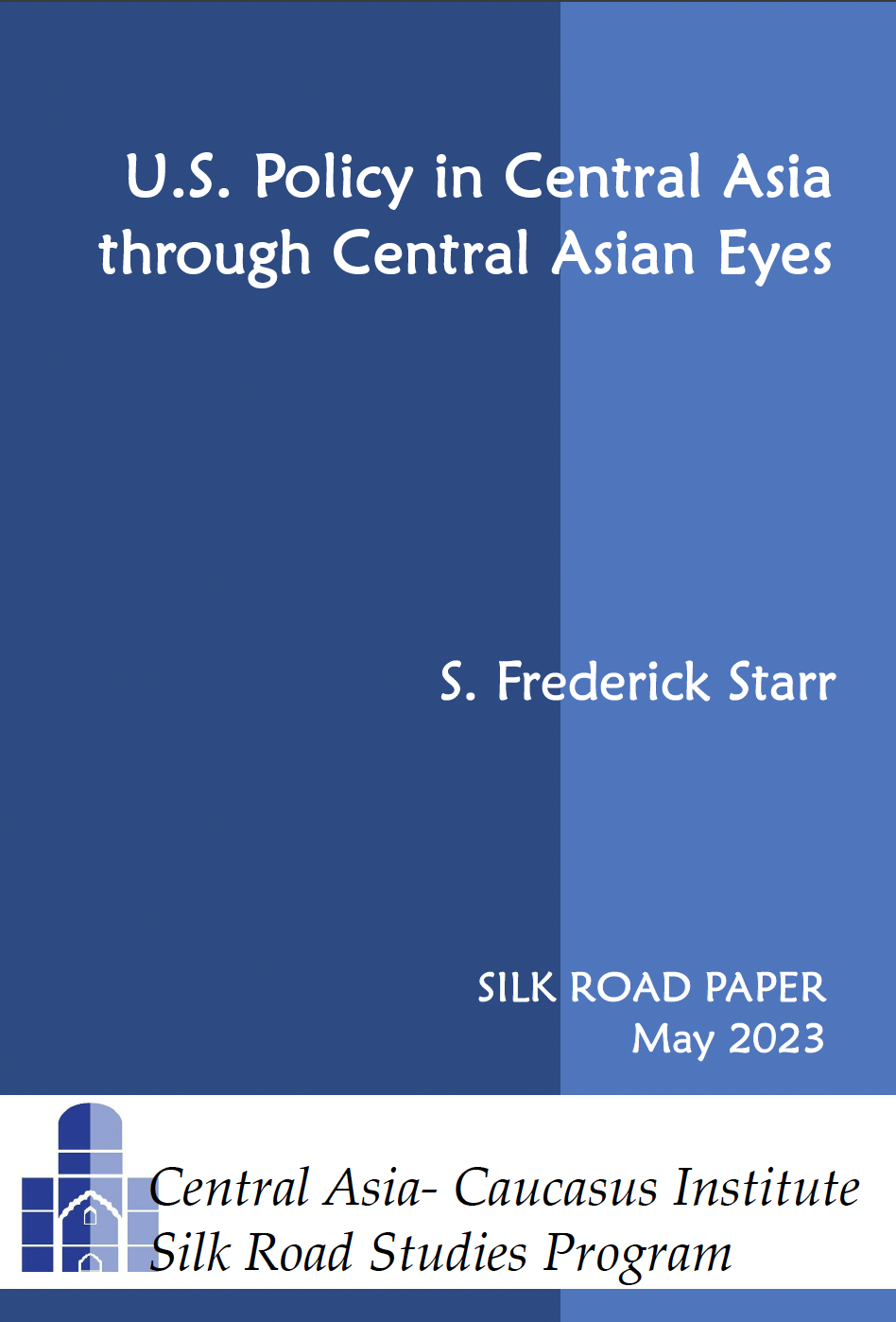A Decade of China-Europe Trains
By John C. K. Daly
May 8, 2018, the CACI Analyst
Almost ten years ago, a historical moment in rail transport occurred when on October 6, 2008 a train arrived in Hamburg, Germany, 17 days after departing from Xiangtan in China’s Hunan province. While the service was at the time considered as too inconsistent and too slow to gain any real market appeal, China persisted with various train routes across Eurasia with regular service established in 2012. According to China Rail Corporation, 3,673 trains transited Eurasia in 2017, linking 35 Chinese cities with 34 European cities in 12 countries, a number set to rise to 4,000 in 2018. This commitment to free trade stands in rising contrast to the recent protectionist policies adopted by the U.S. Trump administration, divergences which seem likely to grow in the near future.
Armenia's Prime Minister Resigns Amid Extensive Protests
By Armen Grigoryan
May 2, 2018, the CACI Analyst
A predictable attempt by Armenia’s former President Serzh Sargsyan to continue ruling the country as prime minister after the transition to a parliamentary system triggered a massive protest campaign. Despite previous experiences of rather unsuccessful protests, often violently suppressed by police, a new protest movement managed to mobilize wide public support. On April 23, six days after his appointment as prime minister, Sargsyan resigned in the face of mass protests and a civil disobedience campaign. The protest actions will likely continue, with demands including the appointment of an opposition representative as the head of a provisional government and snap parliamentary elections.
China's Belt and Road Initiative: Relieving Landlocked Central Asia
By Avinoam Idan
May 1, 2018, the CACI Analyst
One of the most significant factors impacting Central Asia is its landlocked geography. This situation affects almost every sphere of life—foreign policy, national security and economy. However, China’s BRI project may alter the impact of China on the region. China’s BRI can transform Central Asia from its landlocked state to a transit region between Asia and Europe. Essentially, China is unlocking landlocked Central Asia. Recently, there have been two significant developments: the increase in volume of freight passing through the “dry port” of Khorgos, (in Kazakhstan), and the acceleration of the implementation of the China-Pakistan corridor leading to the Indian Ocean. Each of these developments plays a part in the Chinese initiative and in its impact on Central Asia. The BRI is, thus, the trigger for the geopolitical earthquake in the region.
Central Asia After Astana: From Integration to Cooperation
By Slavomír Horák
April 30, 2018, the CACI Analyst
After the March 15 meeting of Central Asian leaders in Astana, analyses, news and reports increasingly use words such as “integration” or “new beginning” to describe political developments in Central Asia. Some Russian media have speculated in the beginning of the next phase of separation from Moscow. However, the “consultative meeting” in Astana should be understood in a completely different manner. The word “integration” reminds us of previous, less successful attempts at regional cooperation in Central Eurasia and so far, no comprehensive integrational concept has materialized. Yet, the Astana meeting was the first of its kind in many years and President Nazarbaev, summing up the results, underlined its informal character and even compared the format to the Visegrad group in Central Europe.



 Silk Road Paper S. Frederick Starr,
Silk Road Paper S. Frederick Starr,  Book Svante E. Cornell, ed., "
Book Svante E. Cornell, ed., "